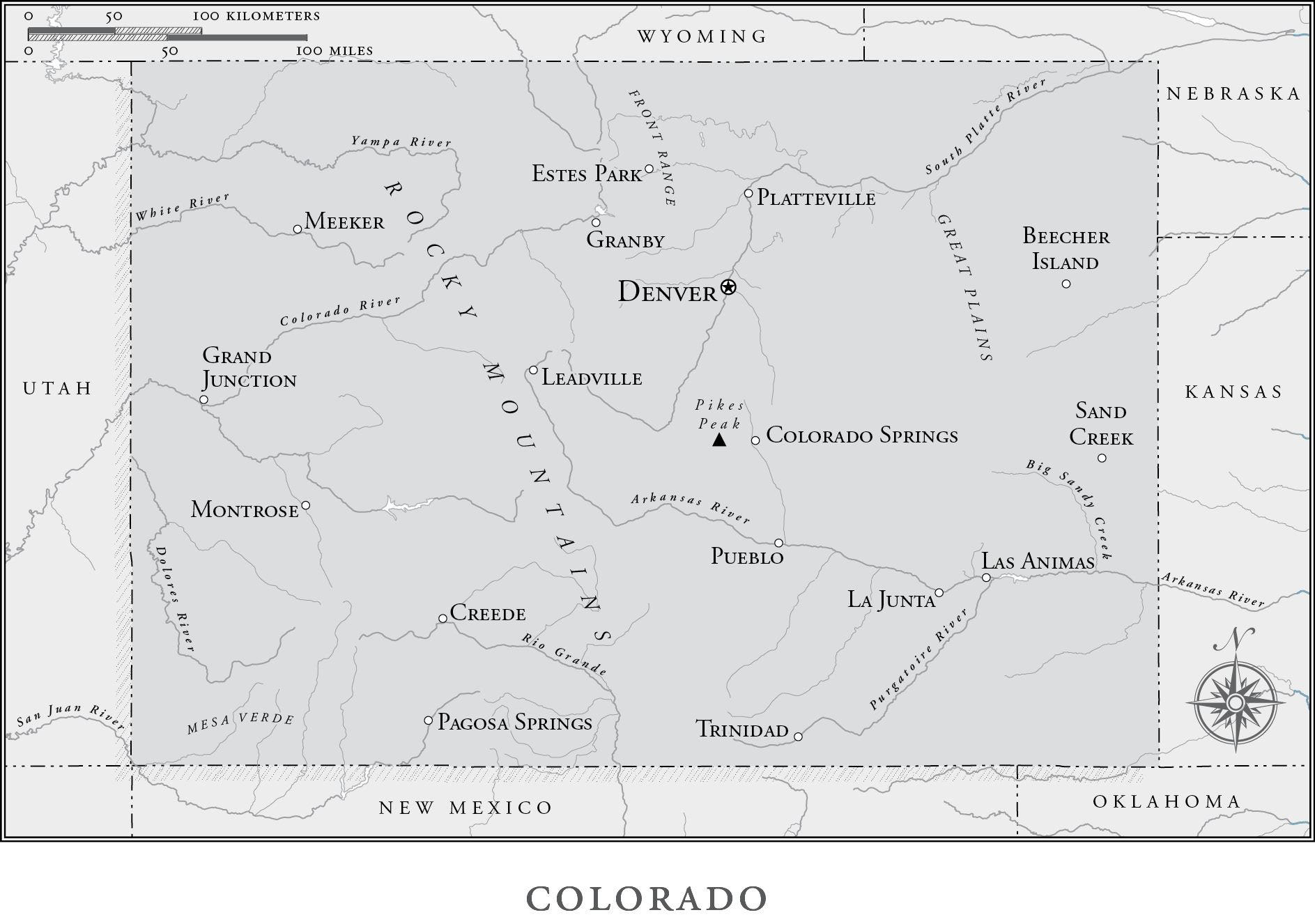It Happened In Colorado
It Happened In the West
It Happened In Colorado
Remarkable Events That Shaped History
Third Edition
James A. Crutchfield
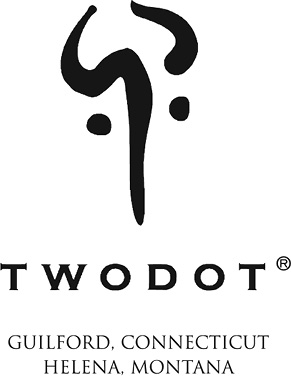

An imprint and registered trademark of Rowman & Littlefield
Distributed by NATIONAL BOOK NETWORK
Copyright 2017 Rowman & Littlefield
Previous edition published by TwoDot in 2008
Map by M. A. Dub Rowman & Littlefield
The publisher gratefully acknowledges the assistance of Liston Leyendecker, Professor of History, Colorado State University.
The author would like to thank Roger Fletcher for permission to use excerpts from The Wetherills of the Mesa Verde, by Maurine S. Fletcher.
All rights reserved . No part of this book may be reproduced in any form or by any electronic or mechanical means, including information storage and retrieval systems, without written permission from the publisher, except by a reviewer who may quote passages in a review.
British Library Cataloguing-in-Publication Information available
Library of Congress Cataloging-in-Publication Data
Names: Crutchfield, James A., 1938- author.
Title: It happened in Colorado : remarkable events that shaped history / James A. Crutchfield.
Description: Third edition. | Guilford, Connecticut : TwoDot, [2017] | Previous edition published by TwoDot in 2008Title page verso. | Includes bibliographical references and index.
Identifiers: LCCN 2016020363 (print) | LCCN 2016023066 (ebook) | ISBN 9781493023516 (paperback : alkaline paper) | ISBN 9781493023523 (e-book)
Subjects: LCSH: ColoradoHistoryAnecdotes. | ColoradoBiographyAnecdotes.
Classification: LCC F776.6 .C78 2017 (print) | LCC F776.6 (ebook) | DDC 978.8dc23
LC record available at https://lccn.loc.gov/2016020363
 The paper used in this publication meets the minimum requirements of American National Standard for Information SciencesPermanence of Paper for Printed Library Materials, ANSI/NISO Z39.48-1992.
The paper used in this publication meets the minimum requirements of American National Standard for Information SciencesPermanence of Paper for Printed Library Materials, ANSI/NISO Z39.48-1992.
To Mary and Harvill, with love and appreciation
Contents
Preface
This book highlights several interesting episodes of Colorado history, from prehistoric through modern times. Each story is complete in itself and can be read individually and out of sequence.
Colorado is an extremely important state historically, and although the vignettes in this book do not in any way purport to comprise a thorough history of the state, they have been chosen selectively to give the reader an understanding of the broad historical background of the Centennial State.
I hope that It Happened In Colorado will provide a few hours of pleasure to those who read it, and that it will perhaps find its way into the classrooms of the state, thereby giving younger generations a better appreciation of their vast heritage.
The Dominguez-Escalante Expedition
(1776)
On July 4, 1776, the Declaration of Independence was approved by the Continental Congress in Philadelphia. And in the faraway Spanish town of Santa Fe, two men planned to leave that day on an expedition bound for Monterey, California, and back again.
As events turned out, the pair did not begin their journey until July 29. It was early in the morning when the peaceful party of ten men left the plaza at Santa Fe without noise of arms and with the hope that God will facilitate our passage as far as befits His honor, glory, and the fulfillment of the will of the All High that all men be saved. Before returning to Santa Fe on January 2, 1777, they would travel through more than two thousand miles of wilderness in todays states of Colorado, Utah, Arizona, and New Mexico.
The two leaders of the expedition were Francisco Atanasio Dominguez, a thirty-six-year-old Franciscan missionary, and Francisco Silvestre Vlez de Escalante, a Franciscan friar who was about ten years younger. For several months prior to his journey, Escalante had been a missionary at both Laguna Pueblo and Zuni. Dominguez had also visited among various Pueblo tribes, having been sent by his superiors in Mexico City to inspect and document the lands of northern New Spain.
It was an odd assemblage that left Santa Fe that July morning. In addition to the two Franciscan friars, there was an astronomer/cartographer, a chief guide and interpreter, a magistrate from Zuni, a blacksmith, and four others. In addition to the horses they rode, the men were accompanied by extra mounts, pack mules, and cattle.
The first few days of travel were uneventful. Crossing the Rio Grande at Santa Clara Pueblo, the expedition made its way northwestward. It crossed the Chama River on August 1. Continuing in the same general direction, it reached the present-day Colorado border on August 5. Crossing the San Juan River near the lost town of Carracas, close to todays Navajo State Recreation Area, the Dominguez-Escalante party entered Colorado.
In the vicinity of todays Navajo Reservoir, just a few miles from the border crossing, the Spanish friars found the terrain to their liking. Escalante wrote in his journal that
there is good land, with facilities for irrigation and everything else necessary for three or four settlements, even though they might be large ones... there are dense and shady groves of white cottonwood, dwarf oak, chokeberry, manzanita, lemita, and garambullo. There is also some sarsaparilla, and a tree which looked to us like the walnut.
Today, this area of southwestern Colorado lies beneath Navajo Reservoir.
Continuing to the northwest on August 7, the expedition soon crossed the Piedra River. Later in the evening, the men made camp on the banks of the Los Pinos River near todays town of Ignacio. They were now in Ute Indian country.
The following day, the small party of Spaniards crossed the Florida River near present-day Oxford and camped for the night on the Animas River near todays Durango. On the ninth, Escalante found the land between the Animas and La Plata Rivers to be
very moist, for because of the nearness of the sierra it rains very frequently. For this reason, in the forests, which consist of very tall straight pines, small oaks and several kinds of wild fruits, as well as in its valleys, there are the finest of pastures. The climate here is excessively cold even in the months of July and August.
Continuing its journey, the Dominguez-Escalante Expedition passed the present-day towns of Mancos and Dolores. The Spaniards were only a few miles from Mesa Verde, but neither friar mentioned the cliff dwellings that were found there a little more than one hundred years later.
Just beyond Dolores the men came upon a small settlement of the same form as those of the Indians of New Mexico, as is shown by the ruins which we purposely examined. Today, these ruins of the Anasazi culture, occupied around AD 900, are part of the Escalante Ruins Historic Site northwest of Dolores.
By about August 16 the explorers were in the neighborhood of present-day Egnar. Turning northeastward from there, they continued past todays towns of Naturita, Nucla, and Montrose. From Montrose, the friars took a backward S route past Olathe, Paonia, Bowie, and Collbran. They crossed the Colorado River near Grand Valley and continued down Douglas Creek to its confluence with the White River, where in early September, they camped.
Next page
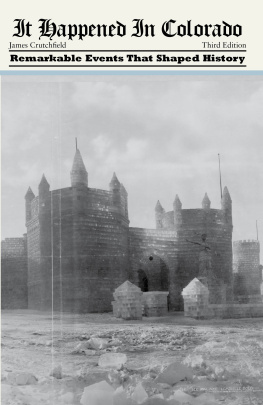

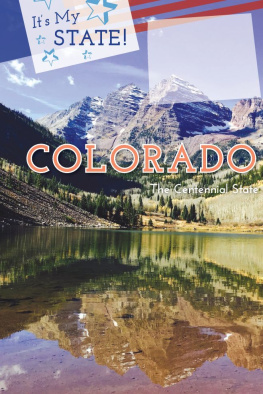
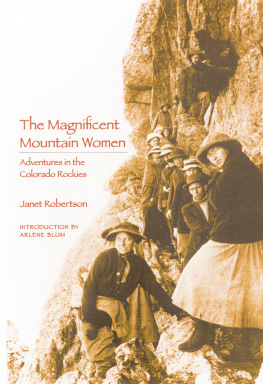
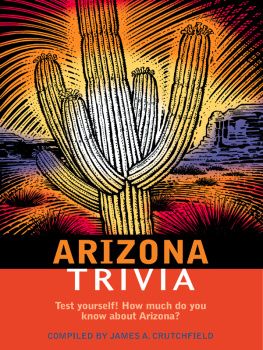
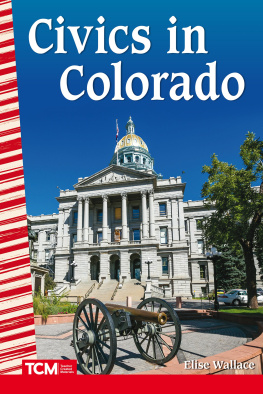
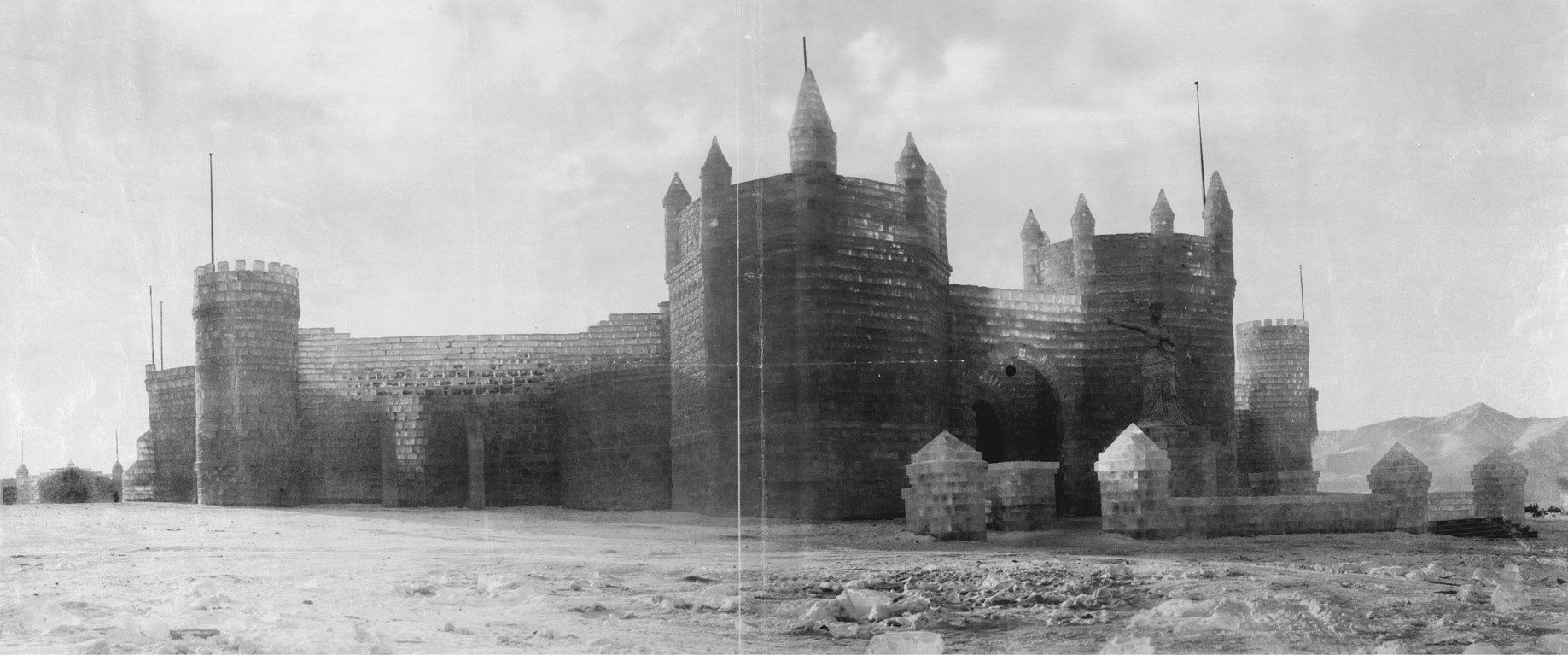


 The paper used in this publication meets the minimum requirements of American National Standard for Information SciencesPermanence of Paper for Printed Library Materials, ANSI/NISO Z39.48-1992.
The paper used in this publication meets the minimum requirements of American National Standard for Information SciencesPermanence of Paper for Printed Library Materials, ANSI/NISO Z39.48-1992.